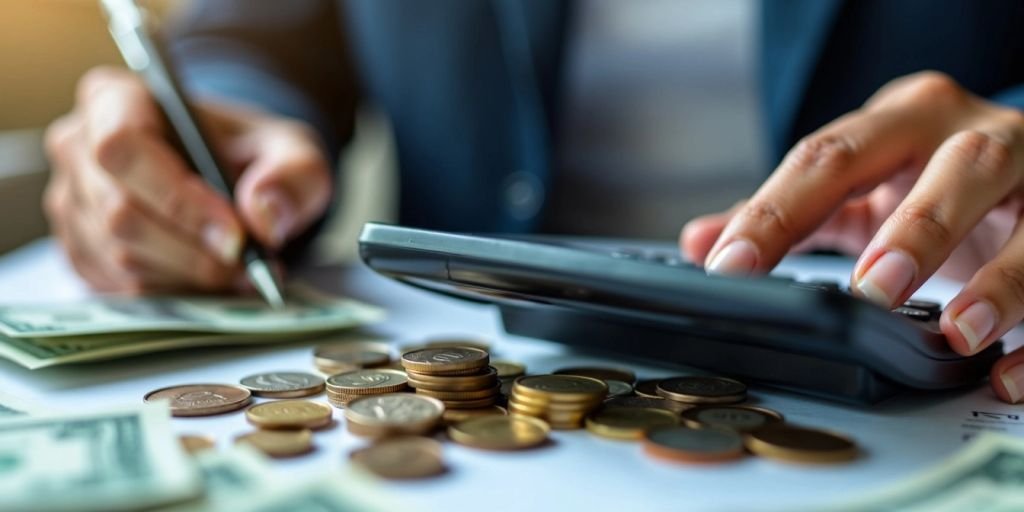Student loan debt is a significant financial burden for many Americans. According to the Federal Reserve, the total outstanding student loan debt in the United States reached $1.54 trillion in 2020. For many borrowers, paying off this debt can feel like navigating a maze without a map. However, there are some options available for borrowers to receive forgiveness on their student loans. Understanding these options can help borrowers better manage their debt and ultimately become debt-free.
One of the most well-known student loan forgiveness programs is the Public Service Loan Forgiveness (PSLF) program. This program was created to encourage individuals to work in public service by forgiving their remaining federal student loan balance after 120 qualifying monthly payments. To be eligible for PSLF, borrowers must work full-time for a qualifying employer, such as a government agency or non-profit organization, and make 120 on-time payments under a qualifying repayment plan.
Another option for student loan forgiveness is through income-driven repayment plans. These plans adjust monthly payments based on a borrower’s income and family size, with any remaining balance forgiven after 20-25 years of payments. Borrowers must apply for these plans through their loan servicer and recertify their income annually to remain eligible for forgiveness.
There are also specific forgiveness programs for teachers, nurses, and other professions that require advanced degrees. These programs offer forgiveness for a portion or all of a borrower’s student loan debt in exchange for working in a high-needs area for a certain amount of time.
Additionally, some borrowers may qualify for loan forgiveness through disability discharge, closed school discharge, or bankruptcy discharge. These options are more limited and require specific circumstances for eligibility.
It’s important for borrowers to research and understand their options for student loan forgiveness before making any decisions about repayment. There are many scams and fraudulent programs that target borrowers with offers of immediate forgiveness for a fee. Borrowers should only work with their loan servicer or trusted sources, such as the Department of Education, to explore their forgiveness options.
Overall, navigating the maze of student loan forgiveness options can be complicated and overwhelming. However, with the right information and resources, borrowers can make informed decisions about managing their student loan debt and working towards financial freedom. By taking the time to understand their options and eligibility requirements, borrowers can make a plan to achieve debt forgiveness and ultimately relieve the burden of student loan debt.




